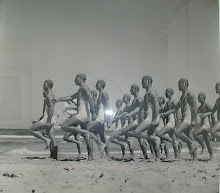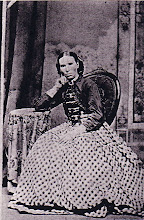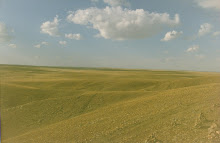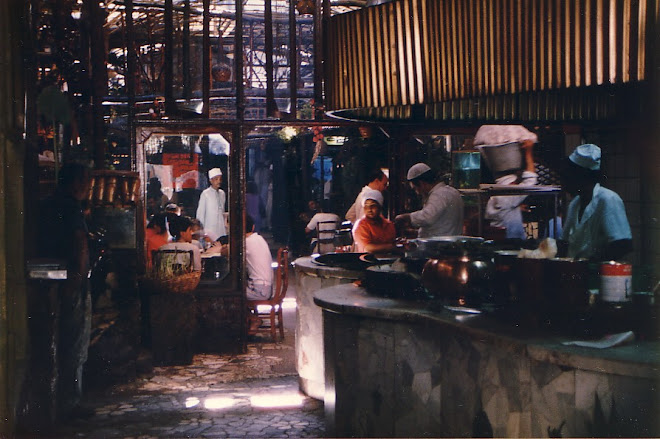Aboriginal Painting - Current Abstract Visions

Emily Kame Kngwarreye Untitled, 1992. Synthetic polymer paint on canvass 61.0 x 50.5cm
Much of more recent aboriginal painting has moved way from bark to acrylic on canvas. And Germaine Greer has spoken of this in terms of such latter day artists being captured by the European Gallery-Dealer system. A world-wide phenomenon in so many guises.
In this context and anecdotally, I’ve heard of canvasses being prepared and colours selected by city-based dealers to take to Utopia, a remote outback aboriginal community including printmakers and painters. Of a shed being hung with prepared canvasses and artists instructed to paint their way round the room. And of a representative of a certain Sydney gallery taking a gift of a patent leather handbag to Emily Kame Kngwarreye! Perhaps imagining such a present would reflect the artist’s growing reputation in the art world, in Australia and overseas! I only hope Emily said ‘The only thing this is useful for is putting yams and berries in!’
But what interests me in this bark and acrylic-canvass work is its non-naturalistic representation. And trying to understand the semiotics involved, which is particularly tricky across cultures.
The Emily above makes meanings, in abstract form, about yam tubers growing underground.
And the Rover Thomas below constructs an ariel ‘view’ of country where the artist lived. The essence of that landscape, reinforced by use of its actual earth pigments. Certainly three hills can be identified. And perhaps plains moving away from those hills. But abstraction moves in and interpretation is needed. Why dots? And dot-enclosed areas filled in with colour or alternatively further dots? And why is the crown of one hill dotted in and those of the other two not? Lines of dots suggest contour lines on a topographical map. But now of course I am just speculating.
 Rover Thomas ‘Artist’s Country’, 1988. Natural pigments on canvas. 61 x 76cm
Rover Thomas ‘Artist’s Country’, 1988. Natural pigments on canvas. 61 x 76cm
Whatever the complexities of understanding these works on canvas, they seem very much to appeal to our present formal Western aesthetic, balancing out form, line and colour in ways that delight us.
The painting I have is on the right:

And I wonder where its pair is! Mine seems sadly to miss its mate, I often anthropomorphise!




![C18 Bronze Buddha [Southern China]](https://blogger.googleusercontent.com/img/b/R29vZ2xl/AVvXsEioLkgVKuhDoIHQgM1X6Oe2hGn75yqaj4OJXPmNpumXmQPKxB22S57YS5DVrl1P7zl7BS6EFpAtaNZPze7gzVCRiQI54bwdHhVa4fGr7NOChZwTZoo92gUen6tC5U8gWIy_pv92U0FB38M/s1600/Buddha+%255BBronze%252C+C18%252C+China%255D+1.jpg)




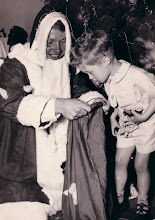







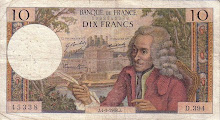
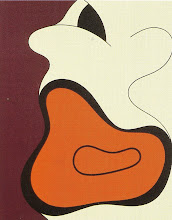+1998+Cropped.jpg)

